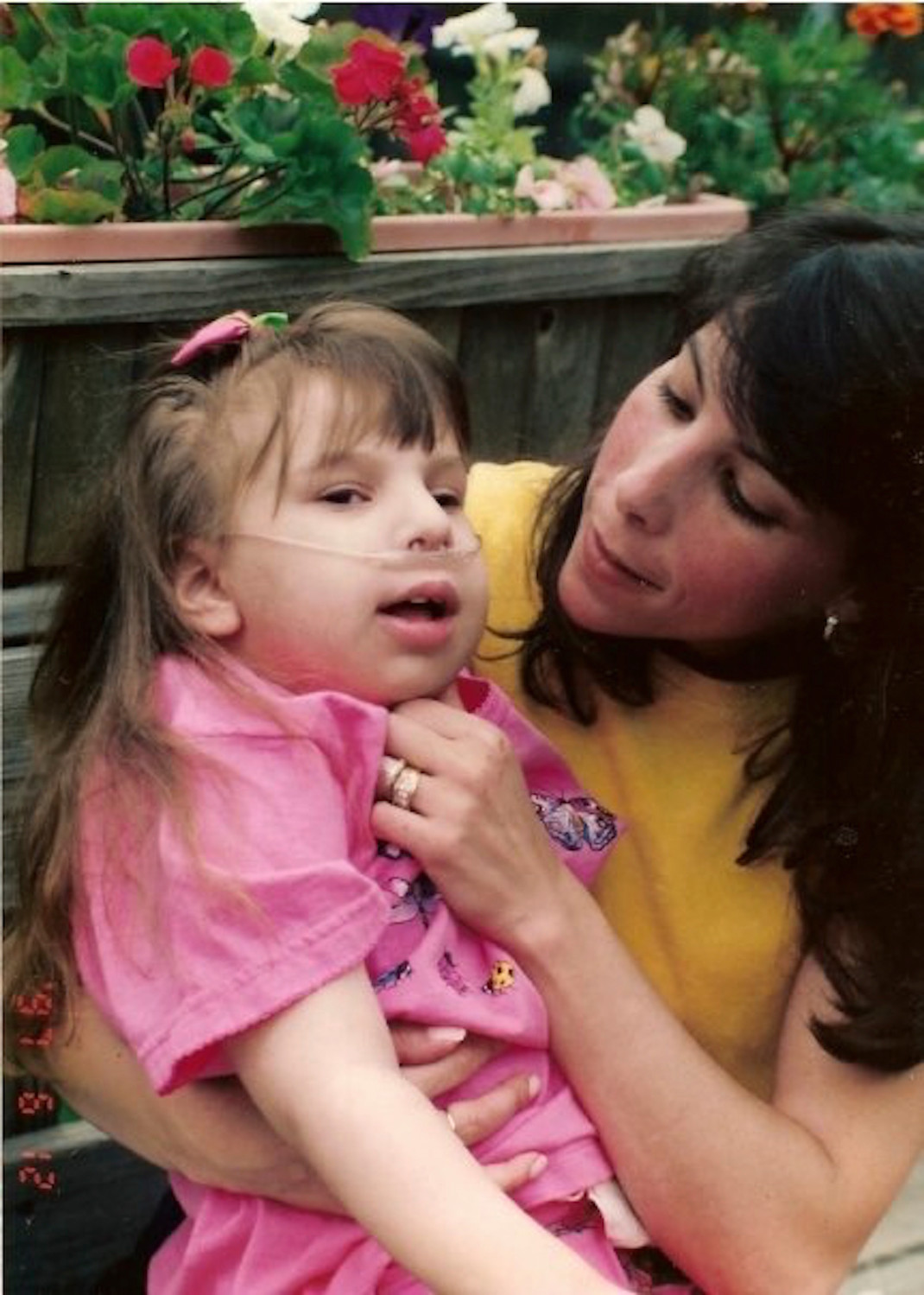Raising awareness of a rare disorder
Assemblywoman proposes to name October Cockayne Syndrome Awareness Month
New York State Assemblywoman Melissa Miller (R-Atlantic Beach) is aiming to raise awareness for the rare genetic disorder that lead to her daughter’s death in 1997 by proposing a resolution in the next Assembly session that begins in January to make October Cockayne Syndrome Awareness Month.
The exceedingly rare terminal genetic disease affects about one in every 2 million births in the U.S. Its symptoms are poor growth, premature aging, developmental and neurological delays and a significantly shortened lifespan, many children who suffer from the disorder die before reaching their twenties.
Miller’s daughter, Melanie, began exhibiting symptoms of Cockayne Syndrome and regressing developmentally at 3, but wasn’t correctly diagnosed until she was five. She died on Oct. 26 1997, two days after her seventh birthday.
Symptoms can vary from case to case and as it’s exceedingly rare it’s not uncommon for Cockayne Syndrome to be misdiagnosed as cerebral palsy or as lingering effects from an in utero infection such as rubella. Part of the hope is that by increasing awareness more cases will be correctly diagnosed as early as possible, so while Cockayne is terminal families will be able to begin managing the symptoms.
Miller expressed frustration about the lack of progress in treatments and diagnoses for Cockayne in the years since her daughter died. “All this time has passed and we’re still in the same place,” she said. “We have gotten a little better, the internet has helped people recognize the symptoms, but we believe it’s still under-diagnosed.
Pat Cahill, the founder of the Share and Care Network, lost her son Scott to Cockayne 26 years ago. The nonprofit organization seeks to assist the families of children with the disorder, as well as fund research for treatments.
Scott was also misdiagnosed twice before a dentist, who has seen patients with Cockayne before, recognized his many cavities and fully formed adult teeth as two of the hallmark signs of the disorder, she said.
Cahill started the group after contacting other families who had children with Cockayne 39 years ago with a typewritten newsletter she’d mail out. “I felt like Jack planting the magic beans in the ground and growing the bean stalk,” she said in regards to her role growing the organization from nothing.
The President and Executive Director of the network, Jackie Clark, mentioned they recently met a 27 year old in North Carolina who was just diagnosed. “These misdiagnoses can weigh heavy on the families,” she said. “They may see other children in their early intervention programs improving and become frustrated when their child doesn’t, not understanding the situation and that they should be enjoying the time they have.”
She also said that studies have shown that Parkinson’s disease medications might help with the tremors Cockyane patients experience, something doctors wouldn’t normally think about prescribing to a child, and that many couples have had more than one child with the syndrome because they didn’t know their first was suffering from a genetic disorder.
While there is no shortage of funding, Clark said, raising awareness is important because there is a scarcity of patients for some promising experimental drug trials run by the National Institution of Aging.
Cahill stressed the importance of having the Share and Care Network to support other families of children with Cockayne Syndrome. “Those who have gone through it help those who are going through it now,” she said.

 49.0°,
Fog/Mist
49.0°,
Fog/Mist 




